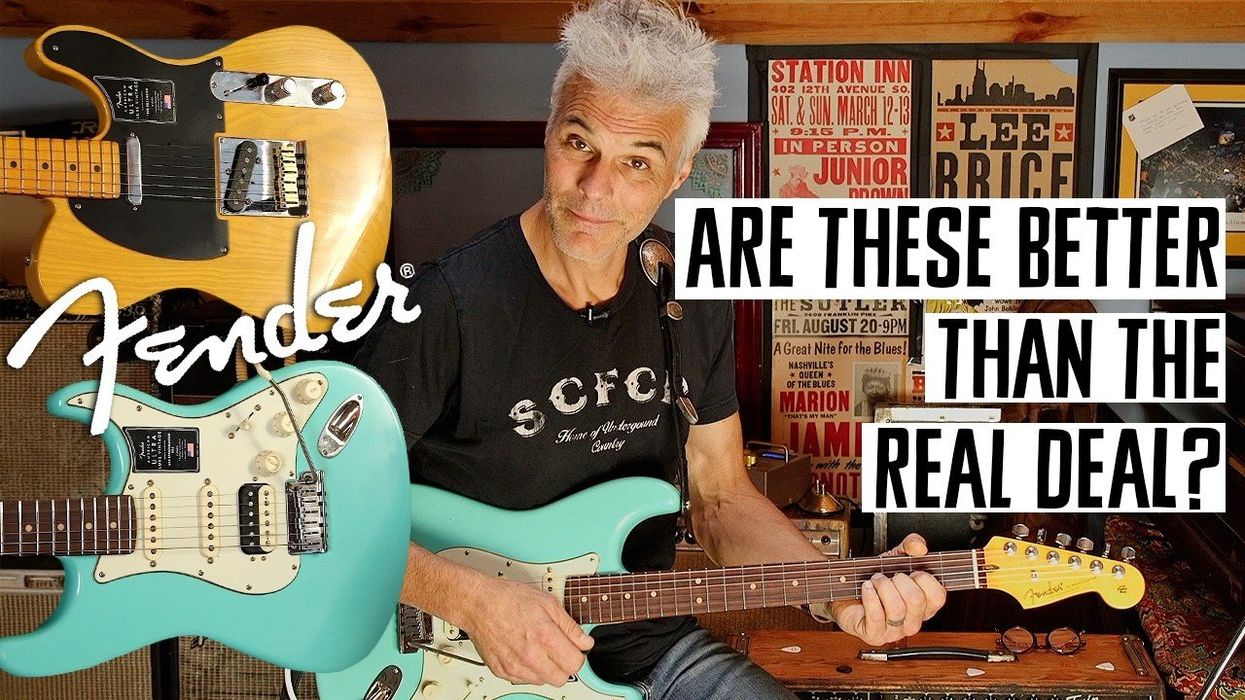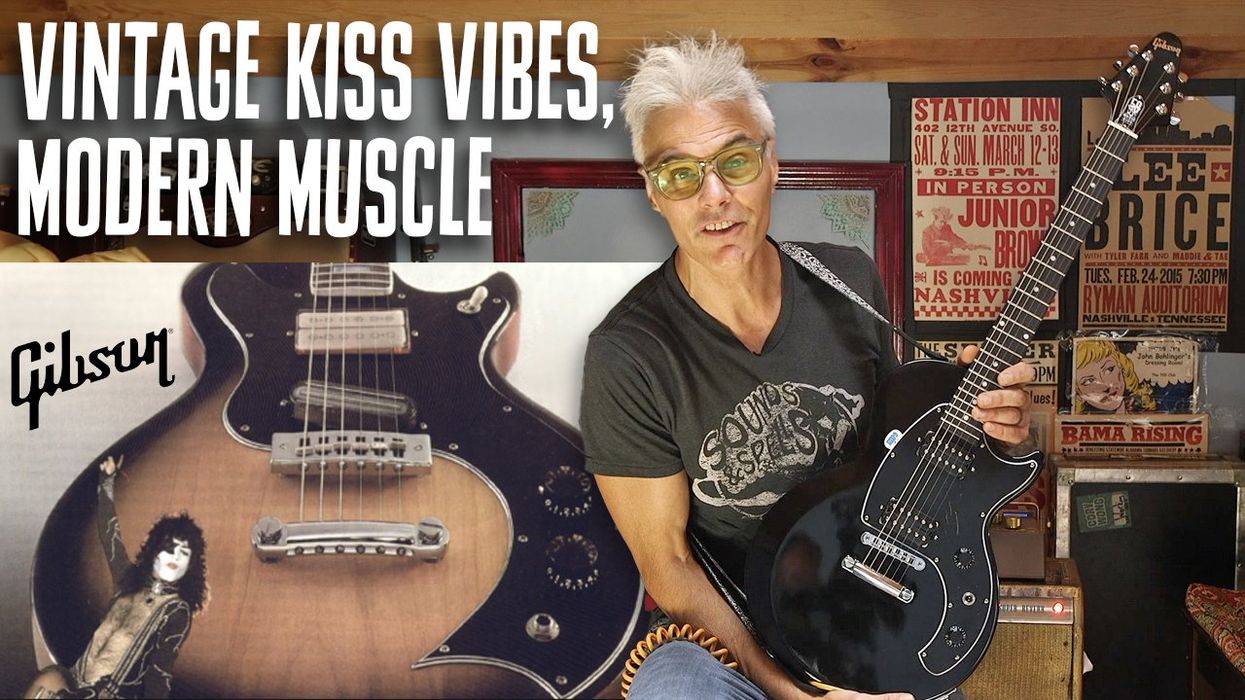In a simplified formula of a guitar’s sound, three primary resonators—the back, the top, and the air inside the body chamber—all work together (and occasionally against each other) to produce its tone. Much has been said about the top, and even the back, and we see these described loosely with specifications as to material and perhaps the bracing pattern. The air inside the “lungs” of each guitar is far more difficult to describe, although it is a significant part of each guitar’s sound and function.
When we think of the volume of an acoustic guitar, what typically comes to mind is the loudness of sound we hear and feel when we hit a chord. We often describe it with terms like “projection” and “dynamic range,” and we’ve all heard a loud guitar referred to metaphorically as a “cannon.” While these are important qualities for any instrument, there is a second definition of volume when it comes to an acoustic guitar—one of quantity. To be more specific, the volume or quantity of air inside the guitar’s body.
Imagine blowing across the top of a bottle. It produces a tone that is sustained as long as air is moving across the opening. Consider what is going on there. As air is blown across the opening, some is forced into the chamber and compresses the air already inside. At a certain point, the air cannot be compressed any further at that pressure, and it springs back toward the opening. Gaining momentum, it overshoots and makes a lower pressure in the bottle than the surrounding air, which then sucks air back inside—again overshooting and compressing air into the bottle. This cycle will continue with just a little help from additional air being input into the cycle. The cycle occurs rapidly: typically hundreds or even thousands of times each second for audible range. The exact number of cycles each second or frequency depends on a few factors: the size of the bottle, the length of the neck, and the size of the opening. It’s easy to hear the effect of changing the bottle’s size. We could take a half-filled bottle and blow across the top to get a reference sound. After emptying the bottle, blowing across the top would generate a tone about an octave lower.
As critical as this aspect is in the acoustic voice of the guitar, it can easily turn into a nightmare onstage, where sound pressure is pushing at the body from every direction.
The body of a guitar acts as the chamber of a bottle, and the soundhole as the opening. The thickness of the guitar’s top is equivalent to the bottle’s neck, and in this case has little influence. Increasing the size of the body, and resulting air box, will lower the resonant frequency of this tone as long as the soundhole size stays the same. It is tempting to try measuring this by adding up the dimensions of a guitar body—the width at the upper and lower bouts, the waist, the length, and the depth—but doing this provides an inaccurate picture. That’s because the curves of a guitar can impact the overall air mass even more than mere dimensions.
For most acoustic guitars, this air-mass resonance will tend to live in the lower register of the guitar. It’s a large part of what makes up a particular instrument’s low-end response and has further impact across the entire register. As critical as this aspect is in the acoustic voice of the guitar, it can easily turn into a nightmare onstage, where sound pressure is pushing at the body from every direction. When this occurs at a frequency near one of the guitar’s natural top, back, or air resonance notes or overtones, we experience some form of feedback or oscillation as the notes fight for dominance. At this point, we turn to electronic manipulation to remove offending frequencies, shift their timing location via phase corrections, or reach for a mechanical solution in the form of a soundhole plug.
Covering up the soundhole of an acoustic guitar is remarkably effective at feedback control. After all, this completely upsets the guitar’s ability to act as an air chamber. Air no longer moves back and forth, resonating freely. Once the air inside the guitar does not have free passage with the air outside the guitar, even the resonance of the top and back is reduced a great deal, preventing them from responding to the sound pressure assaulting the guitar. While the guitar may sound like a stifled and congested version of itself, that sometimes is exactly what we need.
















